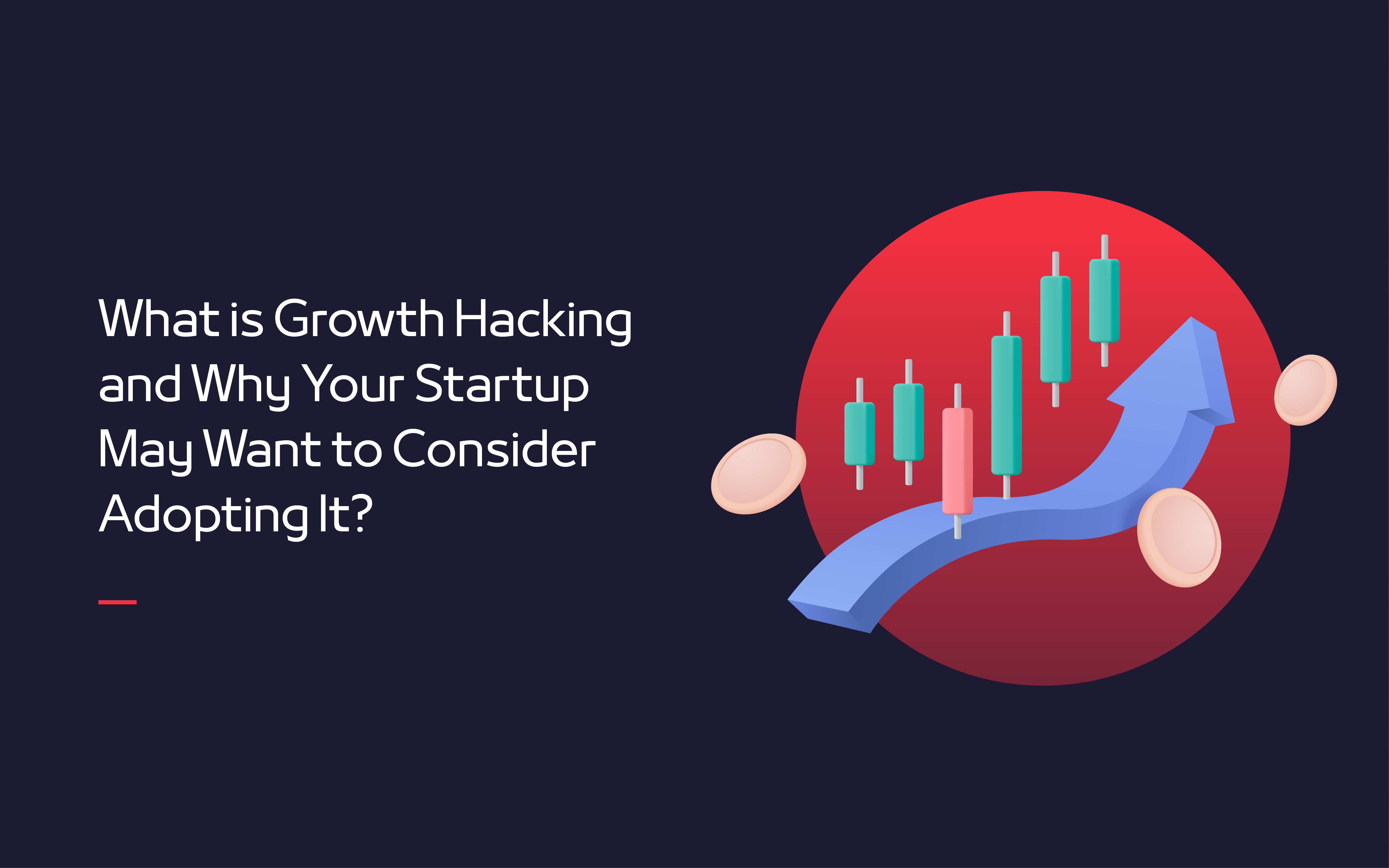
What is Growth Hacking and Why Your Startup May Want to Consider Adopting It?
As the business environment becomes increasingly competitive and technological advancements revolutionize the way we do business, expanding your business and standing out from the crowd has become a significant challenge. This is why understanding the market and identifying the right methods to reach your customers is a top priority if you want to achieve the growth your startup has been striving for.
Have you ever heard of the term “growth hacking”? This concept was coined in 2010 by Sean Ellis. It emphasizes the use of creative, low-cost strategies to help businesses acquire the maximum number of customers at minimal costs within the shortest time frame. At the core of growth hacking lies the effective utilization of marketing, data, coding, and iterative experimentation to continuously find and adopt the best ways to enhance customer touchpoints for achieving growth. (Neil Patel, 2023)
Let’s look at some examples to gain a better understanding of the concept. One of the growth hacking tactics that Netflix employs is A/B testing to improve user experience. A/B testing involves comparing different versions of a product or experience to determine which performs better based on user data. By experimenting with different product experiences and analyzing metrics like click-through rate, engagement, and satisfaction, they make data-driven decisions for continuous improvement. For instance, replacing the five-star ratings with thumbs-up and thumbs-down icons in 2017 resulted in a doubling of the number of ratings submitted. (Netflix, 2021)
Another example can be observed in iHerb, an online retailer specializing in supplements and health and wellness products. iHerb strategically utilized social networks to generate relatable content, facilitating organic growth. One of the key strategies employed involved collaborating with social media influencers for viral marketing. Through these partnerships, influencers showcased their purchases, provided product reviews, and demonstrated how they incorporated these items into their daily routines. Additionally, influencers offered their followers a discount code for use in their subsequent purchases. These collaborative campaigns resulted in the creation of engaging content that resonated with followers, enticing them to purchase highly rated products, thereby contributing to the expansion of iHerb’s customer base and overall growth.
These examples showcase some growth hacking tactics. Many other tactics exist, including search engine optimization to improve visibility, and referral programs to leverage recommendations, among others.
Growth hacking is primarily associated with startups looking to expand their business but lacking the large budgets required for traditional marketing means. However, as many acknowledge, the concept can apply to any business aiming to sustain its growth. (Optimizely, 2023)
The question that may arise is, “Is growth hacking for you?”. It’s important to note that while growth hacking can lead to several benefits for the business employing it, including maximizing return on investment, and boosting brand awareness, it can also have downsides that businesses should consider before rushing to implement it. If a business emphasizes quantity over quality, growth hacking could attract low-value customers, leading to short-term outcomes. The overemphasis on lead generation could overshadow a company’s readiness for growth, resulting in operational issues. In addition, rapid audience growth may hinder the development of genuine, long-term customer relationships. (Greg Poirier, 2017; Shopify, 2023)
Growth hacking is not a one-size-fits-all solution, and you cannot simply replicate strategies that work in other businesses for your own. Yes, the stars may align and it might work, but the reality is that not every tactic is suitable for every business. The success of growth hacking depends on the organization understanding its business model, customer base and tailoring its strategies to its unique situation. Ultimately, it’s about creating a seamless customer experience that effectively attracts customers and ensures growth.
Sources:
Greg Poirier, 2017. Available at: https://medium.com/inside-the-salesforce-ecosystem/growth-hacking-the-good-the-bad-and-the-potential-security-risks-92a51deff51f
Optimizely, 2023. Available at: https://www.optimizely.com/optimization-glossary/growth-hacking/
Neil Patel, 2023. Available at: https://neilpatel.com/what-is-growth-hacking/
Shopify, 2023. Available at: https://www.shopify.com/blog/growth-hacking#:~:text=Disadvantages%20of%20growth%20hacking&text=By%20prioritizing%20customer%20quantity%20over,done%20deal%2C%20never%20to%20return.
Netflix, 2021. Available at: https://gibsonbiddle.medium.com/a-brief-history-of-netflix-personalization-1f2debf010a1

